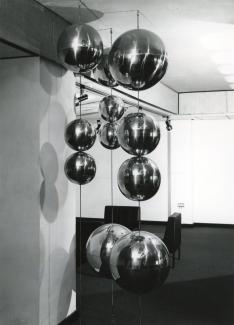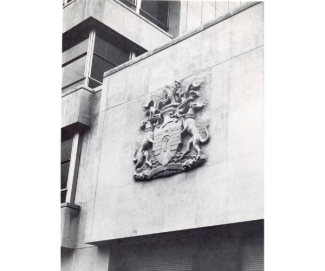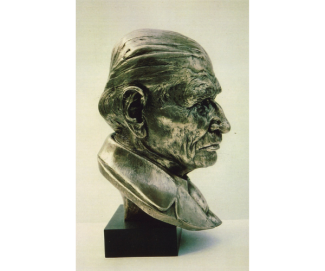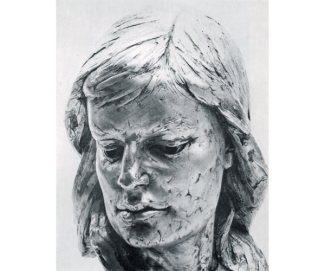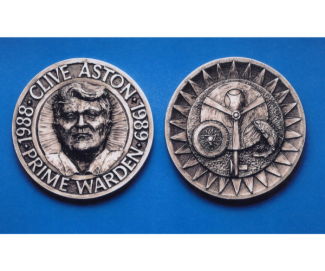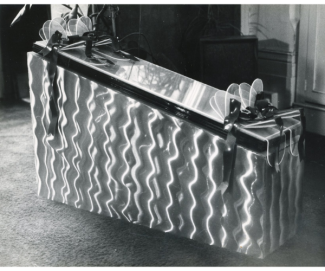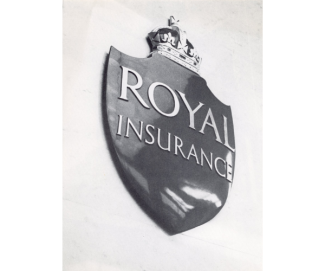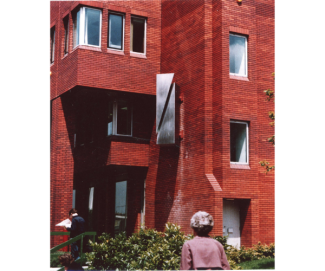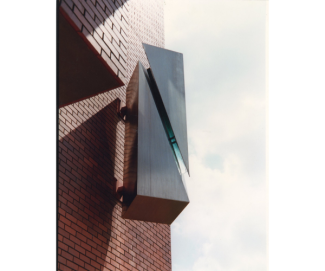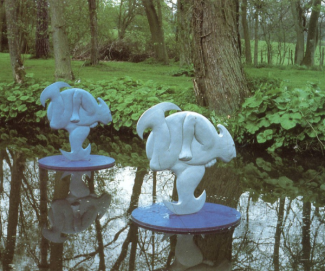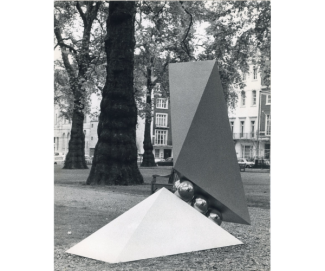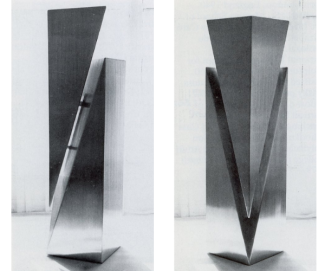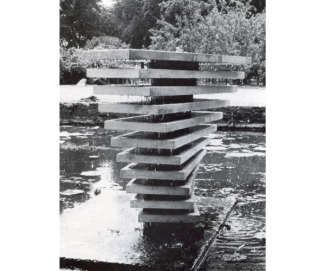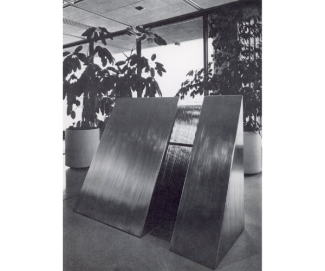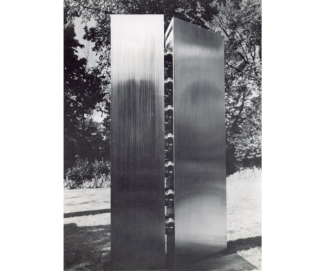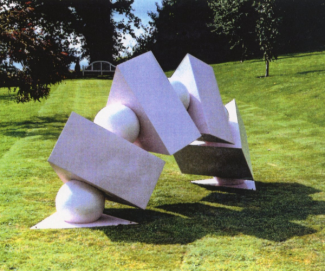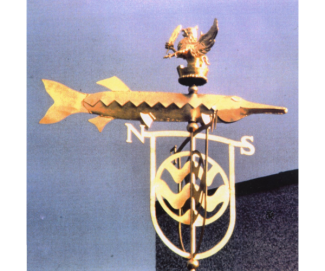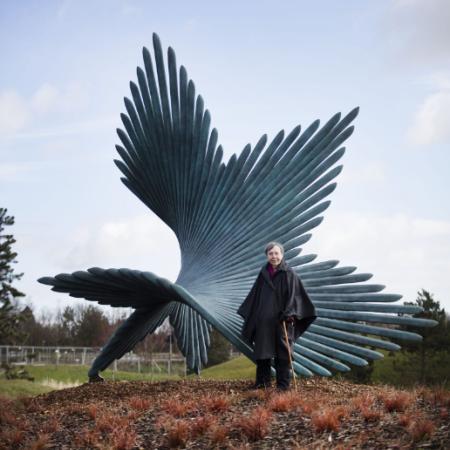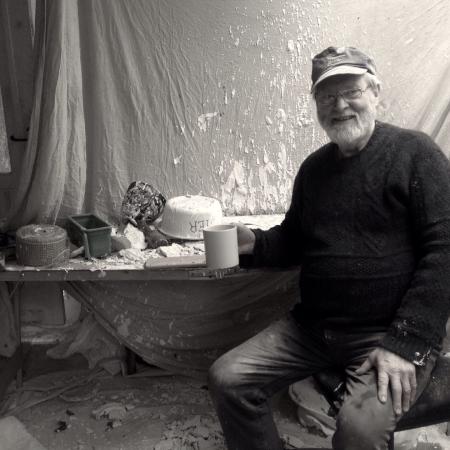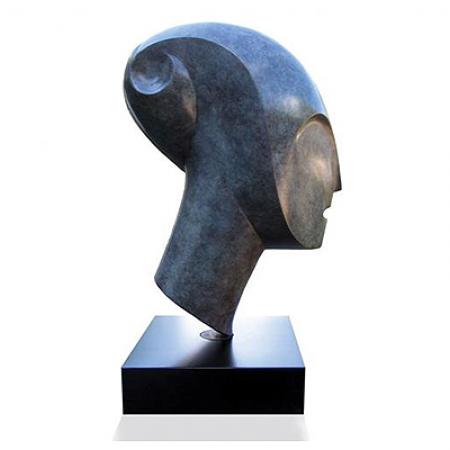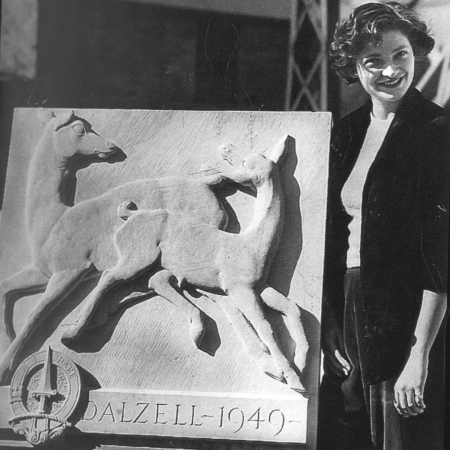The Royal Society of Sculptors has grown substantially since it was first founded in 1905, going from a membership of 51 to almost 700. The majority of our members make a lifetime commitment to the Society, and we are delighted to celebrate four Fellows in 2021 who have been with us for 50 years!
Michael Marriott FRSS joined the Society in 1970, becoming a Fellow in 1975. He was proposed for membership by Clive Duncan FRSS and Franta Belsky FRSS, amongst others. At the time Marriott was one of the youngest artists to be elected to Society membership, which was still operating out of a rented basement in Sloane Square. Together with past President Michael Clark, Marriott was part of the group of members who worked with Cecil Thomas to discuss the setting up of the Dora House Trust, which led to 108 Old Brompton Road serving as the Society's headquarters up until this very day.
Below, Michael has answered some questions put together by the Society's current Vice President Almuth Tebbenhoff VPRSS.
Who was the first person to encourage you to become a sculptor?
There was encouragement from my parents and their friends to continue my interest in art and apparent ability at drawing, which lead to enrolment at the Christopher Wren Building & Art secondary school, focusing on the art syllabus. From there I went to St. Martins School of Art as one of their youngest students (aged 16), gaining the National Diploma in Design for Sculpture, Modelling and Letter Cutting in 1960.
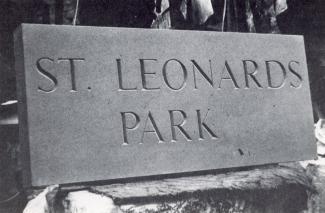
Who was your most influential teacher?
There have been a number of influences but in particular the teachers at St Martins - Elisabeth Frink, Eduardo Paolozzi, Anthony Caro and others. I was also always aware of other sculptors such as Henry Moore, Brancusi and David Smith. In 1960 a small group of sculpture students from St Martins visited Henry Moore at his home and studios in Much Hadham. He gave us a tour and a talk and I was very impressed by the scale of the sculpture completed and in the process of making. I think that all artists are influenced from many directions, but for me the energy and drive of Anthony Caro made it possible to think in alternative ways.
Were your parents artists / artistic?
My parents were not artists or artistic - their occupations were as a mother and housewife, and my father joined the WW2 army in 1940 until demobilisation in 1945. During his time in the army he had enough home leave to increase the load on my mother by the addition of two sisters! My father became a manager of a finance office until retirement age. However, one of my mother's brothers was a good draughtsman and monumental mason.
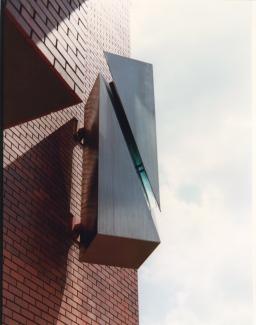
What was your biggest obstacle and how did you overcome it?
The early days were difficult financially and difficulties continue with ups and downs throughout life, but I think that similar situations exist for most sculptors today.
I overcame problems by being persistent, motivated and strong-minded, and by seeking opportunities for work. In particular I was interested in teaching adults part-time as I felt that I had skills to offer and could, as a teacher, help show others a way forward. I also looked for work with established sculptors.
Teaching was, and probably still is, an occupation that is quite difficult to get into - even in those early days there were 70+ applications for half a day's work! It was sometimes necessary to look for different types of employment while continuing to use my rented studio in Putney to make sculpture.
I learnt a lot about business when working as a draughtsman and assistant estimator for a company named Plastic Constructions Ltd. in Acton, which made PVC ventilation ducting and equipment for industrial companies such as ICI. I also learnt how to weld PVC!
Did you develop your practice in solitude or within a group?
My practice developed independently and sometimes was directed by circumstances, but of course there were a number of outside influences such as the visual impact of living in a city, human activities and nature - interests which continue today.
My sculpture follows two distinct strands in parallel. One has a figurative core, becoming more interpretive, seeking to convey the essence of subject using modelling, carving, ceramics, GRP and bronze. The other area of exploration has developed through a more geometric approach, as geometry is evident in every structure in life from the microbe to the massive. These sculptures are more conceptual but sometimes become more organic, using many materials and often in combinations such as a stainless steel and glass.
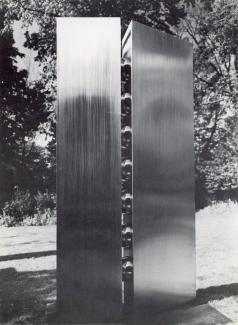
What was your biggest help?
When I was appointed to set up and teach part time at Richmond Adult College it was a major breakthrough into teaching for me, setting up, equipping and developing sculpture courses in a converted fire station from September 1971 to March 1979. During this period I was also working part time at the City of London Polytechnic. I eventually left Richmond Adult College after 7 good years, becoming a 0.5 lecturer in sculpture at CLP and over time progressing to a 0.9 senior lecturer and coordinator for the Diploma in Art & Design for sculpture.
Did you dream big or did big scare you?
Dreaming big was not an issue for me, but 'producing big' is very demanding!
Is there anything you would like to add?
In 1960 I was lucky to get a job with Bradfords Sculptors & Masons in central London, stone carving in the north transept of St Pauls Cathedral. This was followed by assisting Leonard Course, modelling and casting flamboyant period ceilings. It was after leaving Leonard Course that I visited several London-based established sculptors looking for work and it was at Franta Belsky's house and studio in Kensington that I met with success. He employed me as a part time assistant, helping with a number of sculpture projects including setting up the early stages of his statue of Churchill for Fulton, Missouri.
I also worked as a part time assistant for Philip King, including making the original mould and, in due course, three copies of 'Genghis Khan' and carrying out major repairs to 'Through' and 'Slant'. I also completed a copy of 'Rosebud' and other sculpture, culminating in the organisation and installation of a major retrospective of his sculpture at Cambridge University, where he had studied modern languages before turning to art.
Visit Michael's website at: http://www.sculpturemarriott.com/
